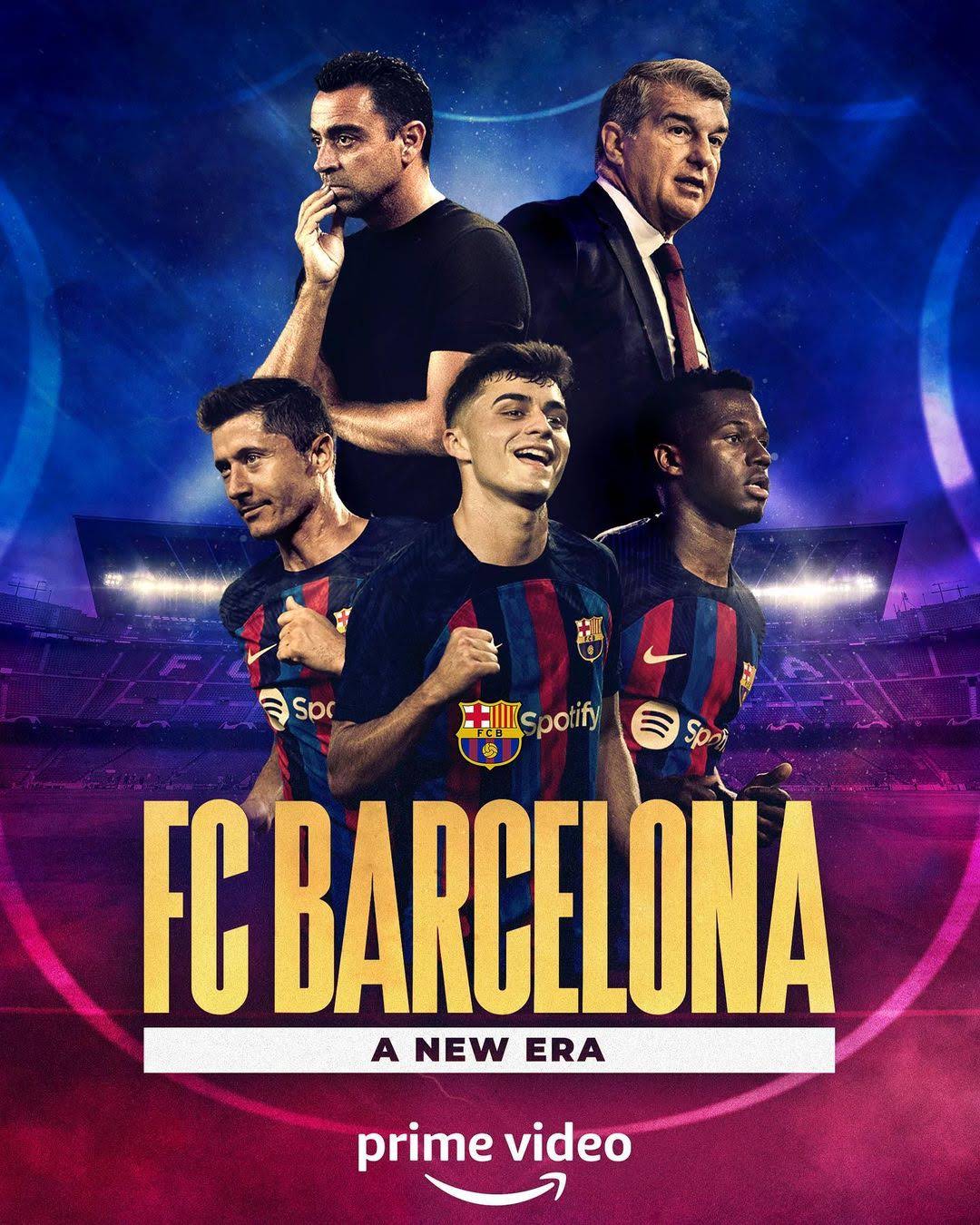In the evolving landscape of La Liga 25-26, Barca stands at a crossroads, balancing promising opportunities with daunting challenges. As one of the most storied clubs in football history, the Catalan giants have begun their campaign with a mix of impressive moments and critical lessons. The journey ahead demands a keen focus on tactical refinement, squad cohesion, and mental resilience—elements that will ultimately determine whether Barca can rise to the pinnacle amid fierce competition from traditional rivals like Real Madrid. This article delves deep into the current state of Barca, analyzing their strategic posture, the formidable presence of Real, and the broader implications for their ambitions this season.
Understanding Barca’s prospects requires more than just celebrating recent victories; it involves dissecting their internal dynamics, evaluating their application of tactics, and contemplating the roadmaps for sustainable success. As they continue to adapt and grow under new managerial philosophies, the club’s resilience and strategic agility will be put to the test, especially in a league that grows more competitive and unpredictable with each passing week.
More Manchester United’s 2025–2026 – Navigating Challenges and Aspiring for Glory
Opportunities and Challenges Facing Barca in the New Season

The start of La Liga 25-26 provides Barca with a fertile ground of opportunities to re-establish dominance and satisfy the expectations of supporters and stakeholders alike. The club’s youthful squad, combined with strategic signings and a renewed attacking philosophy, has already sparked optimism among fans. Their dominant opening win against Mallorca showcased their offensive capabilities, highlighting the potential to dismantle defenses with pace and creativity. Yet, beneath these bright spots lie critical challenges that threaten to undermine their progress if left unaddressed.
The most glaring issue for Barca is their defensive frailty, which was exposed during matches like the gritty encounter against Levante. Personal mistakes, uncoordinated pressing, and lapses in concentration have led to conceding avoidable goals. Such defensive vulnerabilities risk becoming more costly as tougher opponents like Real Madrid intensify their pursuit of top honors. The club’s tactical approach, heavily reliant on high pressing and offside traps, demands impeccable timing and cohesion—elements that are still a work in progress. Moreover, maintaining morale and adaptability in a season marked by tactical experiments and squad rotation is a test of Barca’s resilience and unity.
Despite these obstacles, the opportunities are equally compelling. The club’s emphasis on attacking football aligned with a fresh tactical outlook offers the chance to entertain fans and secure vital points early. The integration of young talent allows Barca to build a sustainable team for the future, reducing dependency on aging key players and fostering a competitive environment. The challenge lies in translating these positives into consistent performances while minimizing defensive errors—an endeavor that will require both strategic discipline and mental toughness throughout the long marathon of La Liga.
Analyzing Real Madrid After Round 2 La Liga 25-26: Experts in the Art of the Box

As Real Madrid swiftly took firm control in the early stages of La Liga 25-26, their tactical discipline and experience began to shine through. Unlike Barca, Real showcased a more pragmatic approach—balancing offensive flair with defensive solidity—making them a formidable contender for the title. Their resilience in difficult moments, coupled with strategic adjustments from key players and coaching staff, reveals the championship-winning mentality that continues to define their campaign.
From an expert’s perspective, Real’s mastery in the penalty area—often referred to as “the art in the box”—has been pivotal. Their positioning, timing of runs, and clinical finishing demonstrate a deep understanding of space exploitation and defensive gaps. This, combined with the tactical flexibility of their manager, allows Real to adapt seamlessly to different opponents and situations. As Barca strives to tighten their defensive line and sharpen their attacking efficiency, Real appears poised to capitalize on any lapses, reinforcing their status as serious contenders. Their experience and tactical discipline are crucial factors in their early momentum, setting a high bar for Barca to emulate or surpass.
Furthermore, Real Madrid’s squad depth offers significant leverage in navigating the congested fixture list. Their ability to rotate players without losing intensity allows them to sustain high standards over the season. The strategic deployment of veteran players—who bring composure and leadership—combined with emerging talents eager to make their mark, paints a picture of a club with a well-rounded, long-term vision. For Barca, assessing Real’s approach provides valuable lessons about consistency, patience, and strategic patience—elements vital for challenging the reigning champions and dethroning them in their quest for supremacy.
Exploiting the Penalty Area and the Role of Individual Attacking Brilliance

In modern football, the ability to exploit the penalty box remains a defining trait of successful teams, and Barca has shown glimpses of this potential early on. Their attacking strategies focus on quick transitions, overloads, and precise crosses—elements that when executed well, can destabilize even the most organized defenses. However, the real game-changer lies in individual brilliance—players capable of creating moments of magic amid chaos—something Barca needs to harness fully this season.
The role of individual offensive talent cannot be overstated. Players such as their young forwards and creative midfielders provide that spark of unpredictability. Their dribbling skills, quick decision-making, and composure inside the box can open defensive lines and create scoring opportunities when the team’s overall structure is under pressure. Yet, these moments of brilliance are double-edged; relying too heavily on stars can sometimes propagate inconsistency if not supported by cohesive team play and tactical discipline. As such, Barca’s quickening threat in the penalty area must be complemented with structured build-ups and tactical ingenuity, especially in set-piece situations, which have historically been an area for potential growth.
Looking ahead, Barca must refine their exploitation of the penalty area by developing more diverse attacking patterns that include the nuanced movements of their forwards and midfield runners. Encouraging individual creativity, while maintaining a balance of disciplined movement off the ball, will be vital to unlocking resilient defenses—particularly those of Real and other top rivals. Mastering this balance could turn fleeting moments of individual brilliance into sustainable attacking dominance, propelling Barca into a more threatening, unpredictable force.
The Future of Real Madrid: Tactical Shifts, Squad Management, and Long-Term Goals
As Real Madrid continues to evolve in La Liga 25-26, their emphasis on tactical flexibility and squad management highlights their long-term vision. The club is balancing immediate success with investments in youth, strategic signings, and dynamic coaching approaches, all aimed at maintaining their competitive edge. The future trajectory for such a powerhouse hinges on how well they adapt to emerging challenges, including injuries, form dips, and the tactical nuances of evolving opponents like Barca.
Their tactical shifts, often based on evolving match situations, serve as a masterclass in football pragmatism. The managers’ willingness to employ different formations—shifting from a traditional 4-3-3 to more defensive or counter-attacking setups—demonstrates their flexibility and strategic intelligence. Meanwhile, squad management focuses on leveraging experience and nurturing young talents, ensuring squad depth without compromising quality. This dual approach sustains their ability to compete on multiple fronts, particularly in crucial Champions League fixtures and domestic league contests, where long-term success hinges on maintaining mental sharpness and physical resilience.
Looking to the horizon, Real’s goal remains the preservation and enhancement of their standing as La Liga’s most successful club. Their planning involves not just immediate trophies but also cultivating a resilient and adaptable squad capable of thriving amid changing tactical trends. They aim to reinforce their identity as tactically astute and physically robust, ready to outlast rivals through strategic innovation and player development. For Barca and other contenders, understanding Real’s approach offers essential insights into how sustained excellence is achieved—not just through star power but through meticulous planning and tactical evolution.
Conclusion
The opening rounds of La Liga 25-26 reveal that Barca possesses significant potential but remains in a phase of strategic adjustment and development. Their attacking prowess and youthful energy speak volumes about their future prospects, yet defensive frailties and tactical consistency remain parts of the puzzle they must solve to truly challenge Real Madrid’s dominance. Meanwhile, Real continues to exemplify tactical discipline, strategic squad management, and a focus on long-term sustainability—elements that reinforce their position at the pinnacle of Spanish football. As the season unfolds, the balancing act between exploiting opportunities and addressing vulnerabilities will define Barca‘s trajectory, with the entire league watching closely to see if they can ascend beyond their current limitations and elevate their game to challenge Real’s bid for supremacy in La Liga 25-26.

